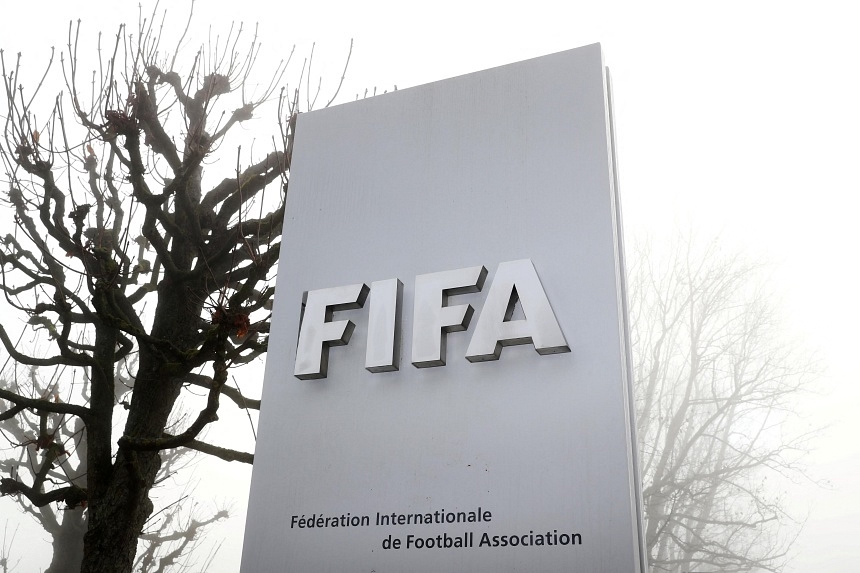
In football 2 teams endeavor to move the ball toward their opponent’s goal. The goalkeeper is only allowed to touch the ball within a certain spacing behind the goal. The goal-winning club has the most goals. The winner of in-play betting in SN is considered who has gained the most.
Football is a popular game that may be played in large groups in different locations such as schools, gymnasiums, parks, and streets. Like other sports, its basic rules can be easily observed.
According to FIFA, there were about 250 million people playing football at the start of this centenary. There were also over a billion people who were passionate about the game.
History
The first football match was played in the United Kingdom in the early 20th centenary which was originally famous as folk football and was played in small villages and towns with simple rulings. However, due to industrialization and urbanization, its popularity started to decline. These factors, along with the legal restrictions that prevent furious forms of the game, have supported the decline of its popularity.
During the winter season, students from different schools would often gather around the football pitch to play. However, due to the altering rules of the game, it was hard for them to persist in playing.
In 1843, Cambridge University started working on developing rules that would standardize the way football was played. Eventually, the university’s students and other public schools accepted the fresh rules in 1849. In 1865, various meetings were organized to create official football rulings. One of the main features of the new regulations was the ban on the usage of the ball.
The FA was not permitted to incorporate the usage of the ball in its games. In 1870, it prohibited the usage of any type of handling equipment with the exception of the goalkeeper.
In spite of the fresh rules being not widely used in Britain, a lot of football organizations still abide by the rules that were set up by the FA. Some of these organizations, such as the city of Sheffield, were the 1st to connect the organization.
In 1866, two matches between the city of Sheffield and London’s football clubs were held under the new regulations. A year later, another match between Middlesex and a team from Kent was also held. In 1872, 15 football organizations joined the FA that was able to support the various cup competitions of the organization. By 1877, 43 football organizations in Britain had signed up to participate in the competitions.
By 1877, 43 football organizations in Britain had signed up to participate in the competitions.
Professionalism
Modern football was 1st introduced to Britain during the Victorian era when the country’s industrialization and urbanization affected the lives of its working class. Most of the individuals who moved into new areas started looking for new forms of leisure.
Industrial workers were given the opportunity to take a break from their jobs during the 1850s to 1860s, and this led to the growth of collective leisure activities, such as football. Urban institutions, such as churches and schools, also started forming recreational teams for working-class members.
Due to the growing number of people participating in organized sports, the average attendance at football games in England had increased. In 1895, the average attendance was 7,900, while during the First World War, it was 23,100.
In the 1870s, some of Britain’s leading football clubs began charging for admission to their matches. Notwithstanding the Amateurism rule of the FA, these organizations still managed to recruit highly-skilled individuals, such as Scotland’s players. Working-class individuals wanted a pro system so they could earn a living.
The FA was still focused on maintaining its policy of maintaining the amateurism of its members that ensured that the upper and middle classes did not get affected by outside groups.
Two football clubs were expelled from the organization in 1884 after they used pro players. Due to the widespread practice of paying players, the FA had a petite choice but to penalty the clubs a year later. Initially, it tried to prevent clubs from using these individuals.
The support and resources provided by professional players helped northern teams become prominent. As the working class became more influential, the upper class started taking up other leisure activities, such as cricket and rugby. Eventually, professional leagues were set up to allow the regions’ progressive clubs to compete against each other.
In 1895, the number of clubs playing in the pro leagues rose to 29. Two more divisions were then established in 1890 and 1894, respectively. Eventually, the Southern League was swallowed in 1895 by the FL. Despite all of the changes that occurred during this time, football did not go on notably to the organization’s financial activities.
Professional football teams in England were mainly formed with the purpose to secure the necessary land for building stadiums. A wide range of these stadiums was owned by businessmen with the aim to enhance their firms’ image.










